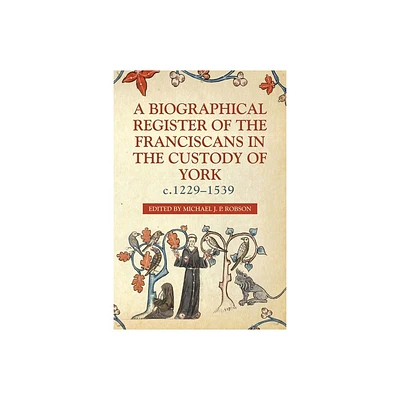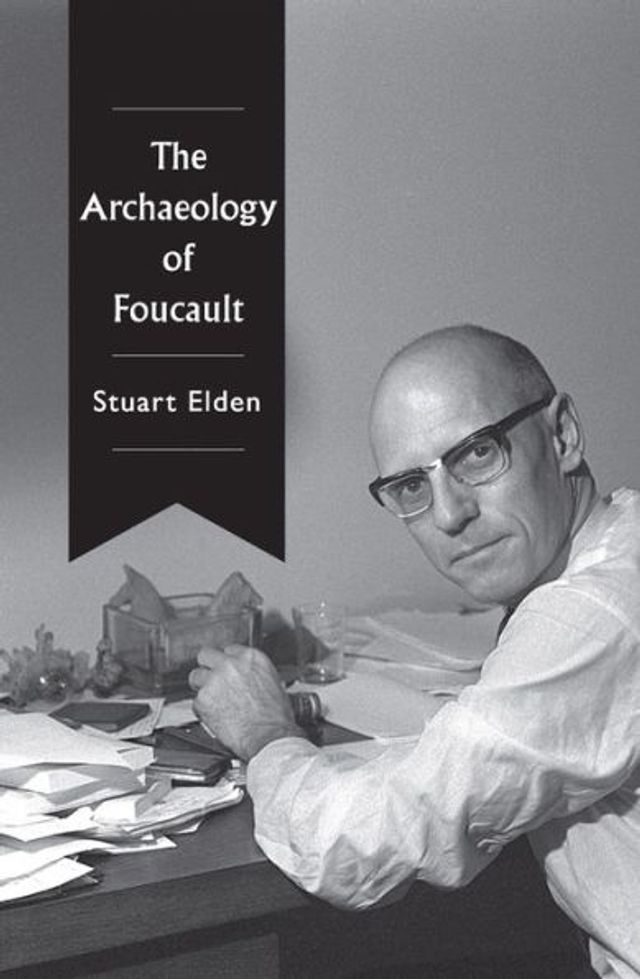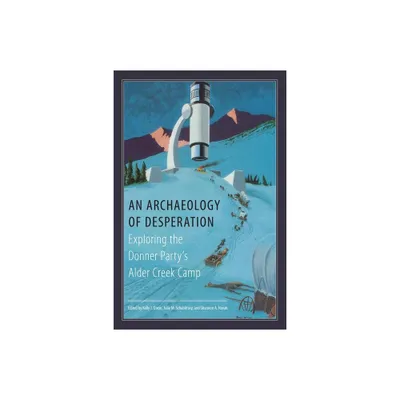Home
Archaeomalacology: Shells in the Archaeological Record
Loading Inventory...
Barnes and Noble
Archaeomalacology: Shells in the Archaeological Record
Current price: $97.50


Barnes and Noble
Archaeomalacology: Shells in the Archaeological Record
Current price: $97.50
Loading Inventory...
Size: OS
*Product Information may vary - to confirm product availability, pricing, and additional information please contact Barnes and Noble
This publication is the volume is the proceedings of the ICAZ Archaeomalacology Working Group which took place at the 11th International Conference of the International Council for Archaeozoology (ICAZ), held in Paris, France 23rd-28th August 2010. Twenty-three papers are published with evidences of human collection and modification of shells from all over the world and over a large scale of chronology (from Prehistory to Antiquity). The papers are organized in three sub-sessions. The section “Acquisition and use of shell raw materials in prehistory” focuses on patterns of acquisition and use of shell raw materials as well as on the production sequences of shell items in time and space. Specific themes of interest include the exploitation of shells as raw materials in relation to their dietary functions, or choices made to use particular shells along with or as opposed to other raw materials.
The section “Shell middens and shells as a food resource” provides a venue to explore the relationships between human groups and molluscan resources and especially encourages the combination of information derived from multiple disciplines, as well as studies that seek to contextualise shell-gathering in a wider socio-economic context. The section “Shells as indicators of palaeoenvironment, site formation and transformation” aims to investigate the potential of the archaeological shell to answer questions not directly related to subsistence or material culture and especially welcomes contributions which mobilise the study of the archaeological shell in relation to modern resource management and environmental change.
The section “Shell middens and shells as a food resource” provides a venue to explore the relationships between human groups and molluscan resources and especially encourages the combination of information derived from multiple disciplines, as well as studies that seek to contextualise shell-gathering in a wider socio-economic context. The section “Shells as indicators of palaeoenvironment, site formation and transformation” aims to investigate the potential of the archaeological shell to answer questions not directly related to subsistence or material culture and especially welcomes contributions which mobilise the study of the archaeological shell in relation to modern resource management and environmental change.


















